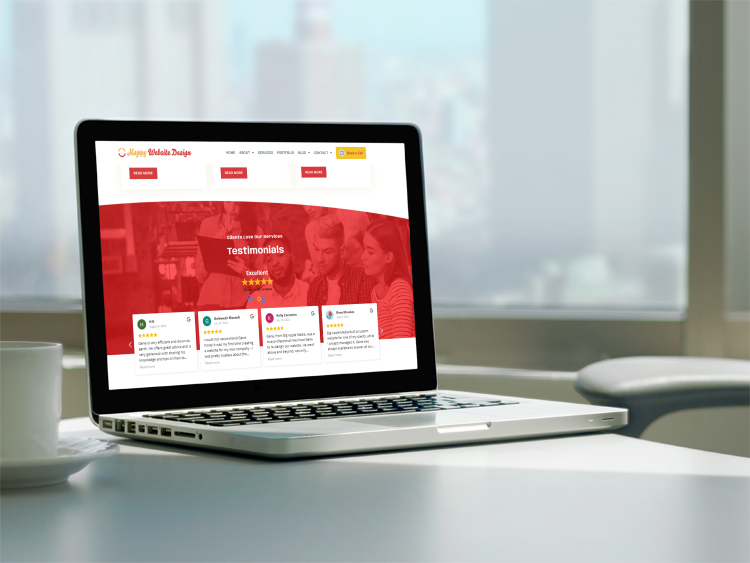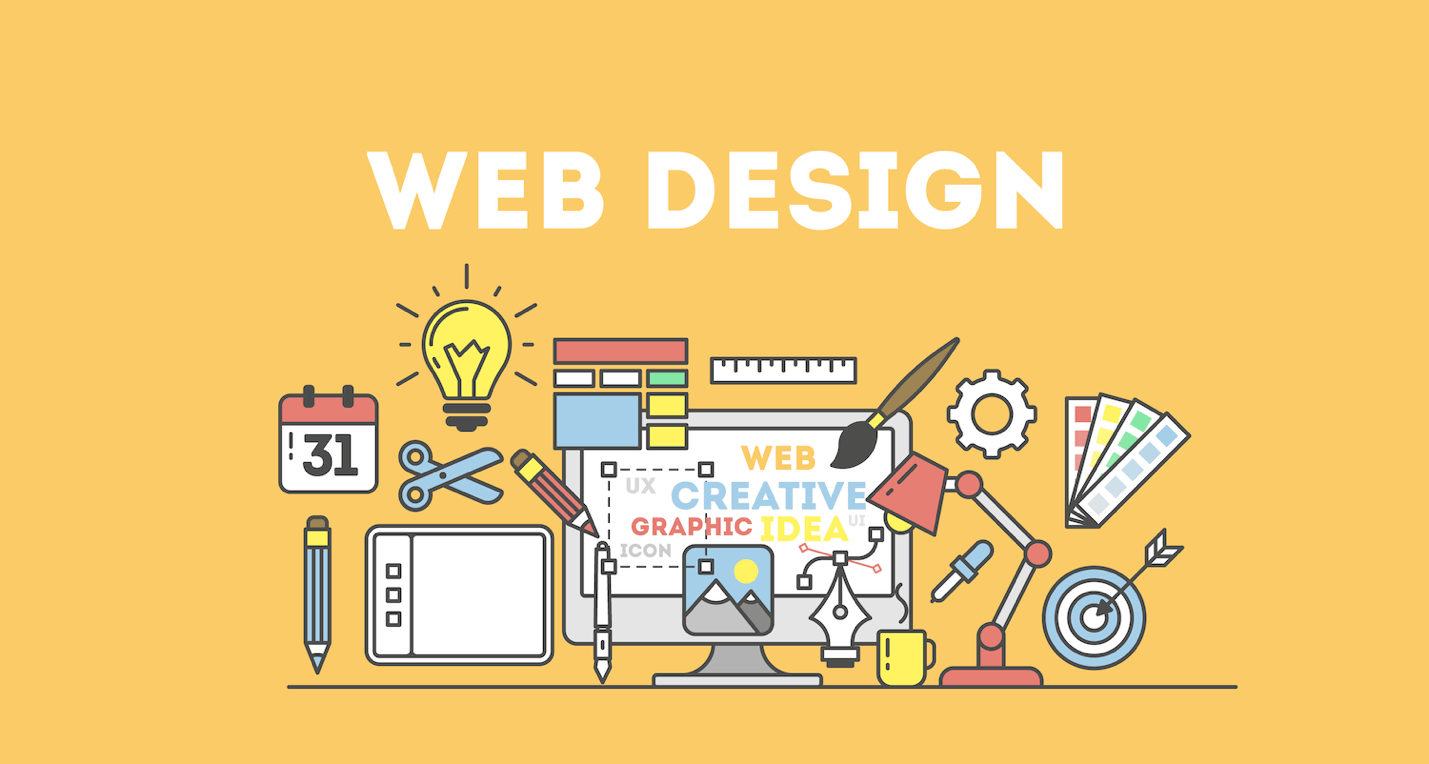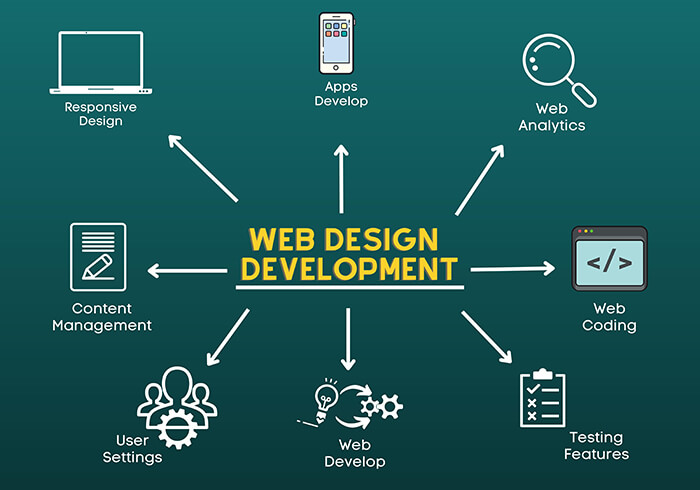Produce a Balanced Online Experience With All Natural Web Layout
In today's electronic landscape, producing a well balanced online experience through alternative web design is crucial for fulfilling the diverse needs of individuals. By prioritizing availability and straightening material strategy with individual preferences, organizations can dramatically boost interaction.
Comprehending Alternative Website Design
What does it indicate to embrace a holistic approach to web style? A holistic strategy emphasizes the combination of various elements to create a cohesive on the internet experience. This approach takes into consideration not only visual aspects but likewise performance, usability, and the psychological impact of the website on its users. By viewing a website as an interconnected ecosystem, developers can make sure that every component-- visual style, material, navigation, and interactivity-- works sympathetically to satisfy individual demands.

Incorporating an all natural point of view involves recognizing the target audience and their specific requirements, choices, and behaviors. It calls for an analysis of exactly how users interact with various components of the site and just how these communications affect their overall experience. This method also thinks about the broader context in which the web site runs, consisting of brand name identity, advertising techniques, and competitive landscape.
Inevitably, a holistic method to website design causes a much more interesting and effective online visibility. By prioritizing the user journey and cultivating a smooth experience across all touchpoints, designers can create websites that not only catch interest but likewise urge sustained interaction and complete satisfaction. This extensive strategy promotes long-lasting success and fosters brand name loyalty.
Key Principles of Individual Experience

One vital concept is use, which stresses the importance of simple navigating and clear functionality. Web sites should be simple to navigate, allowing customers to find info quickly. This is closely tied to consistency, where style components, such as switches and food selections, ought to continue to be consistent throughout the website to enhance knowledge and convenience of use.
Another considerable principle is comments, making certain that users are informed about their interactions. Whether with visual cues or notices, comments enhances a sense of control and contentment. Furthermore, the principle of pecking order determines that info should be organized realistically, directing individuals through content efficiently.
Lastly, emotional design plays a crucial role in UX. By evoking positive feelings via appearances and communications, designers can produce memorable experiences that foster customer commitment - website development consulting. By adhering to these principles, internet designers can develop all natural experiences that resonate with users and fulfill their purposes
Value of Availability
Ease of access is an important aspect of website design that makes sure all users, no matter of their capabilities or specials needs, can communicate with electronic web content efficiently. By prioritizing accessibility, internet designers develop inclusive environments that deal with diverse user demands, improving total individual experience.
An easily accessible web site abides by developed guidelines, such as the Internet Material Ease Of Access Guidelines (WCAG), which advise methods like offering text choices for non-text web content, making sure adequate color contrast, and making it possible for key-board navigation. These methods not only offer customers with handicaps, such as aesthetic or acoustic impairments, yet also profit other customer groups, consisting of those with situational constraints or older grownups.
Furthermore, the significance of access expands past ethical factors to consider; it also affects organization outcomes. An inclusive web site can have a peek at this website get to a more comprehensive audience, ultimately resulting in boosted involvement and conversions. In addition, accessibility compliance reduces the danger of legal consequences associated to discrimination.

Incorporating Material Strategy
Developing an inclusive electronic environment normally causes the necessity of a durable content approach that lines up with user requirements. A reliable material approach serves as the foundation of alternative website design, making certain that info is not only easily accessible however also appealing and pertinent. It requires a deep understanding of the target audience, including their preferences, actions, and potential obstacles to accessibility.
To integrate a material approach efficiently, companies need to focus on user-centric content production. This can be attained through detailed target market research, which notifies the kinds of material that will certainly reverberate with users. Furthermore, material needs to be structured logically, using clear headings, bullet points, and concise language to improve readability.
Partnership across groups-- layout, growth, and web content-- is important to guarantee that the material technique is cohesively performed. Routine audits of material efficiency will help in refining strategies, guaranteeing the content remains fresh and aligned with user expectations. Incorporating multimedia components can improve user communication, providing to diverse learning designs while promoting inclusivity. By focusing on a natural content strategy, companies can produce a balanced online experience that cultivates interaction and accessibility for all customers.
Measuring Success and Involvement
While a well-executed material strategy creates the structure of holistic website design, gauging success and interaction is critical for examining its effectiveness and leading future enhancements. Key efficiency indications (KPIs) such as page sights, bounce prices, and average session period give quantitative understandings into customer actions. These metrics highlight which content resonates most with customers and where happy web design potential friction points might exist.
Additionally, qualitative procedures, such as individual comments and surveys, can offer much deeper understandings right into individual satisfaction and engagement degrees. Tracking social media interactions and conversion prices additionally aids assess the performance of content in driving desired actions, whether that be purchases, sign-ups, or information requests.
Utilizing devices like Google Analytics, heatmaps, and A/B screening can improve understanding of customer communication patterns and preferences. This data makes it possible for web designers and material strategists to repeat on their styles, making sure that the online experience continues to be user-centered and lined up with business purposes.
Conclusion
To conclude, a balanced online experience via alternative web style necessitates the assimilation of appearances, performance, and usability. By focusing on user requirements and ease of access, developers can create interconnected environments that enhance interaction and satisfaction. A well-aligned about his material approach even more adds to a natural user experience, while constant responses mechanisms are crucial for fostering loyalty. Inevitably, this detailed strategy not only raises customer complete satisfaction however additionally strengthens brand identity in a progressively affordable electronic landscape.